Aceh - Indonésie
Mangrove
Reforest’Action s’associe à l’ONG Yakopi pour restaurer la mangrove du nord de Sumatra et lui permettre de réaliser à nouveau la grande variété de ses bénéfices environnementaux et socio-économiques.
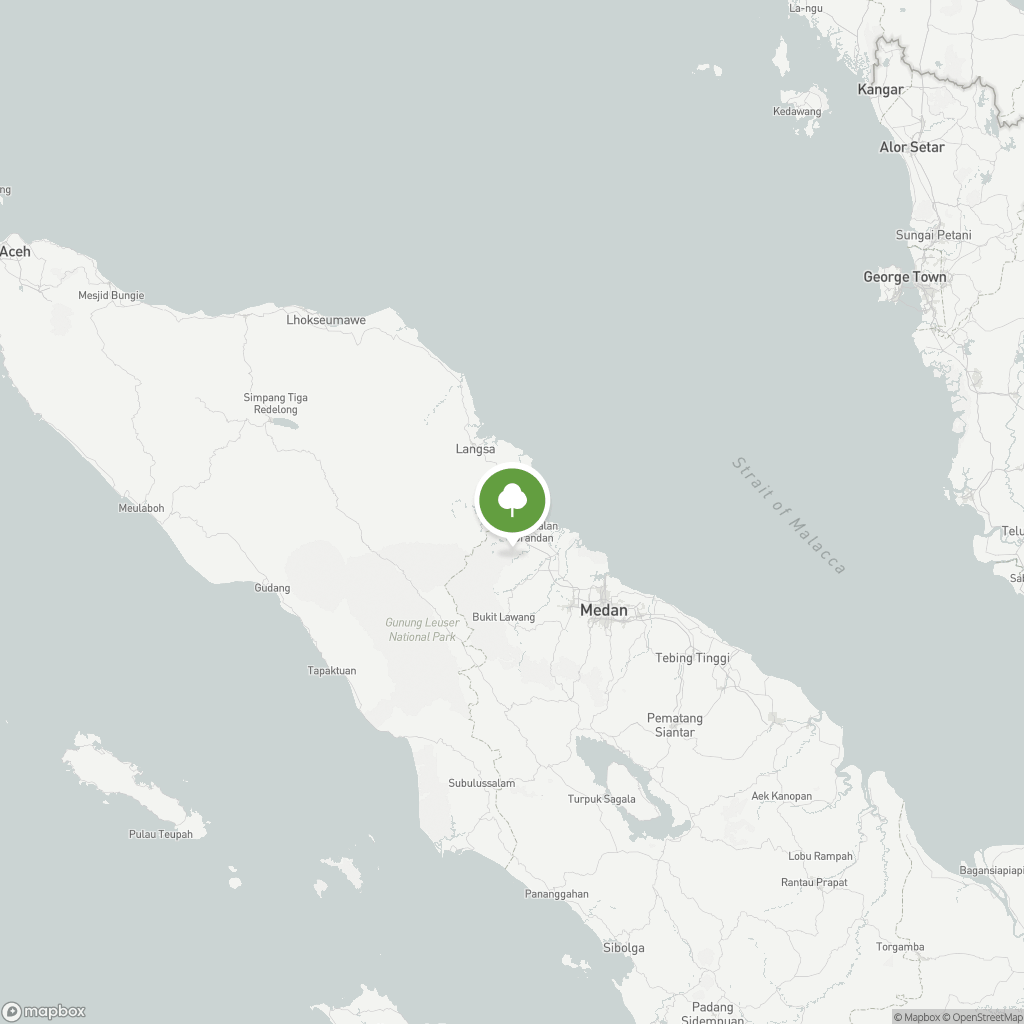
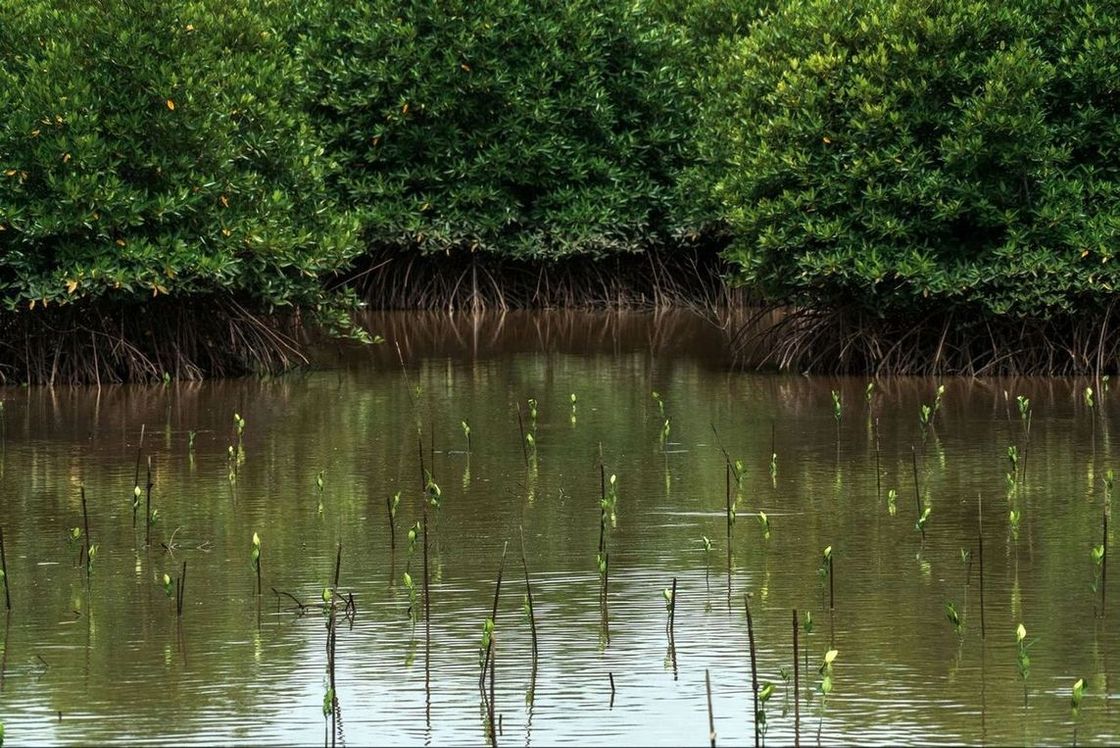
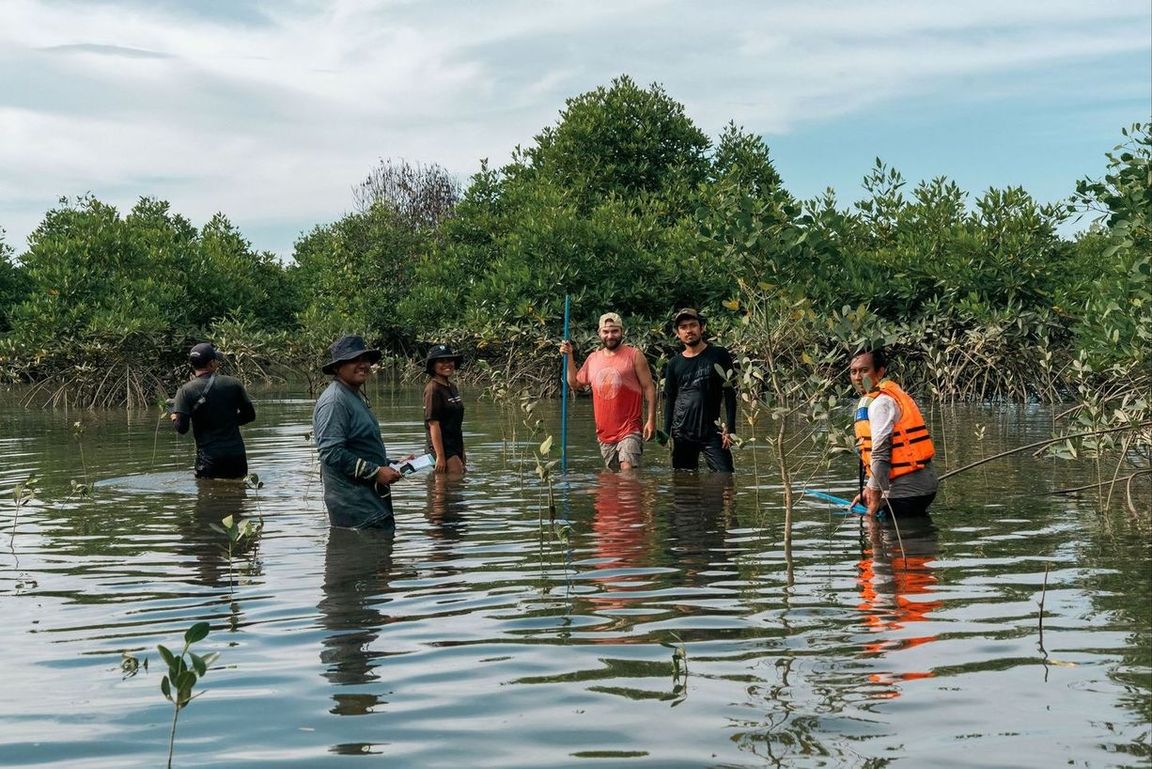
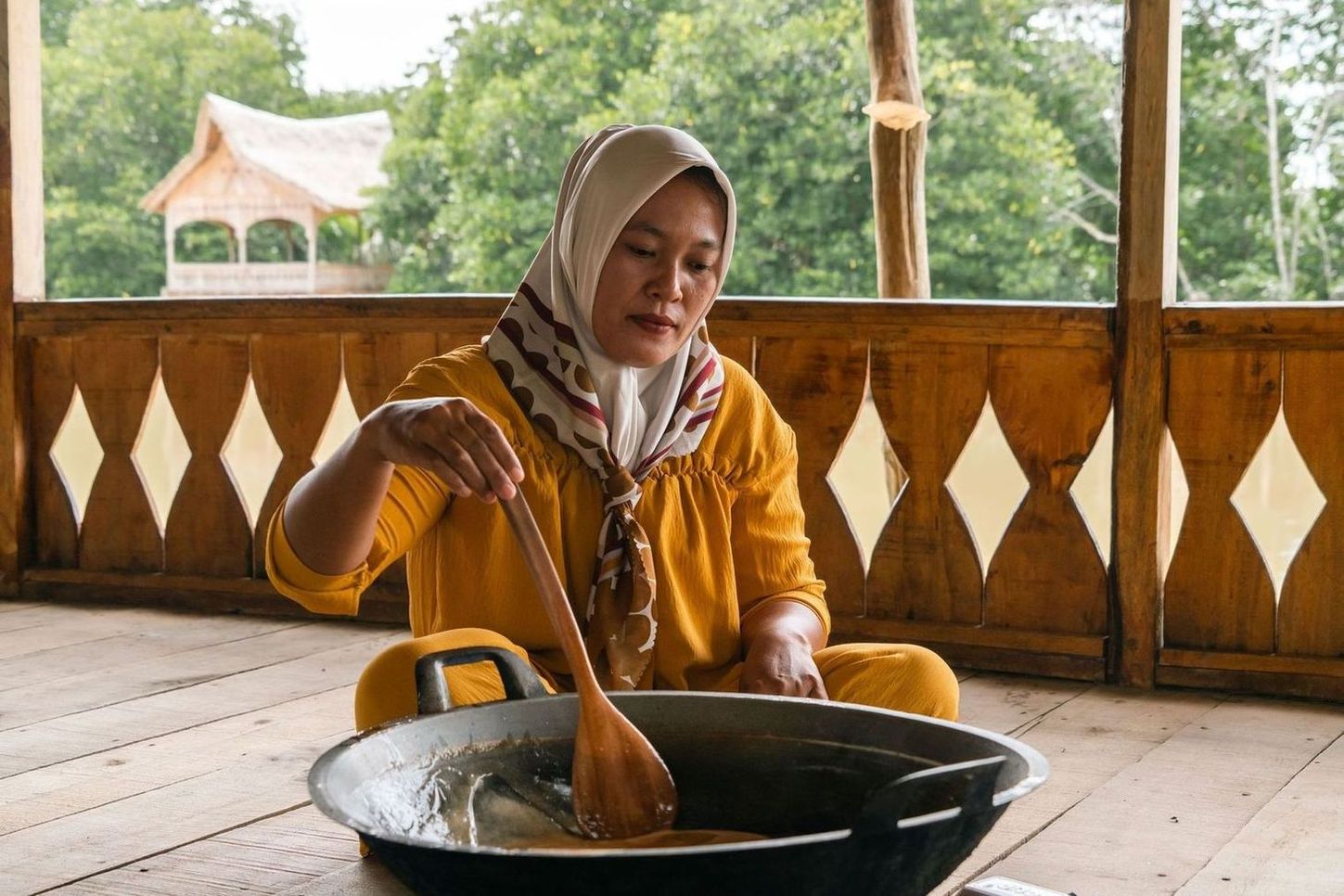
Pays du monde le plus touché par la déforestation, l'Indonésie voit sa forêt disparaître deux fois plus vite qu’en Amazonie. La mangrove, en particulier, est l’écosystème forestier qui disparaît au rythme le plus alarmant. Si la province de Sumatra du Nord comptait 200 000 hectares de mangroves en 1987, il en reste aujourd’hui moins de la moitié avec seulement 83 000 hectares. Dans la province d’Aceh, la mangrove a en outre été fortement dégradée par le tsunami de 2004. Le changement d’usage des terres et la dégradation forestière sont les principales causes de la disparition de la mangrove à Sumatra, qui tend à être remplacée par des monocultures de palmiers à huile ou des étangs d’aquaculture intensive, quand elle n’est pas coupée illégalement pour la production de charbon de bois.

Sur le terrain, le projet s’appuie sur la mobilisation des populations qui participent à la collecte des propagules, à l’entretien des plants au sein des pépinières et à leur plantation. Les mangroves restaurées seront garantes de nombreux services écologiques, tels que la filtration des débris et des polluants transportés par les courants marins, le développement de la biodiversité aquatique, la protection des littoraux contre les cyclones et la montée des eaux et la séquestration du carbone. Des activités économiques sont également déployées par Yakopi pour valoriser les ressources de la mangrove. Le projet permet ainsi de créer des étangs organiques de sylvopêche qui seront bénéfices à long terme pour la sécurité alimentaire des villages et l’économie locale. Une filière économique est développée autour de la production de sucre issu de la sève du palmier nipa, qui permet aux communautés de bénéficier d’un revenu complémentaire. Afin de prévenir toute déforestation future, Yakopi organise également des ateliers de sensibilisation des communautés locales.
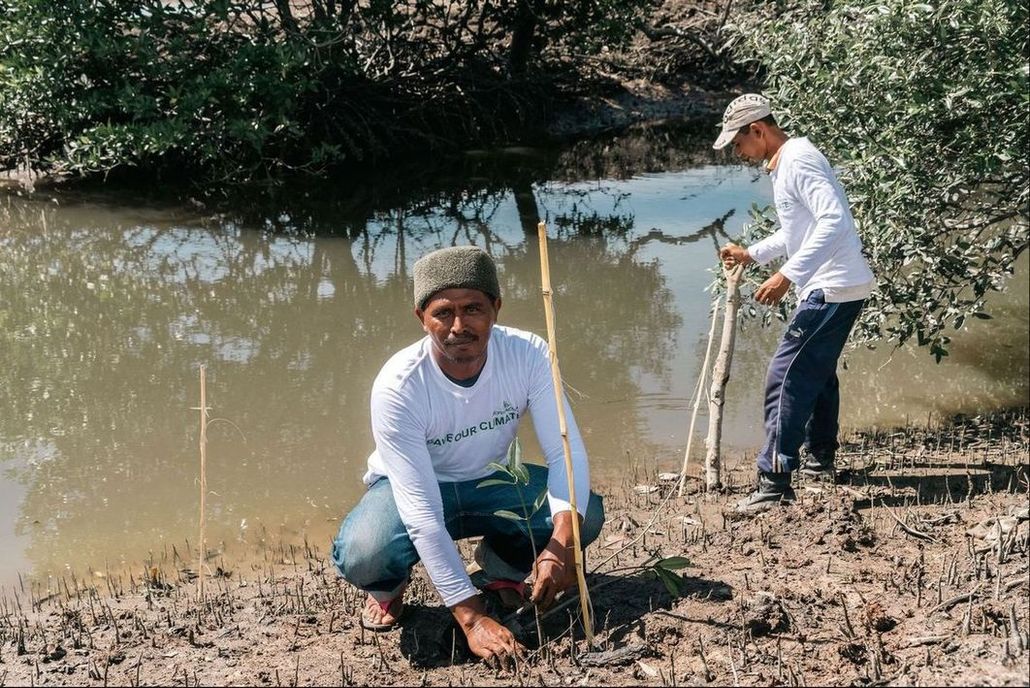
L’ONG Yayasan Konservasi Pesisir Indonesia (Yakopi) a été fondée en 2019 pour accompagner les populations locales et les jeunes forestiers à la création et à la conservation des écosystèmes de mangrove. L’ONG est composée de membres d’institutions reconnues, professeurs et cadres expérimentés, qui assistent les bénéficiaires dans le développement d’une économie verte. Reforest’Action finance le projet mené par Yakopi depuis 2021 et contribue à son développement à travers le nord de l’île de Sumatra.